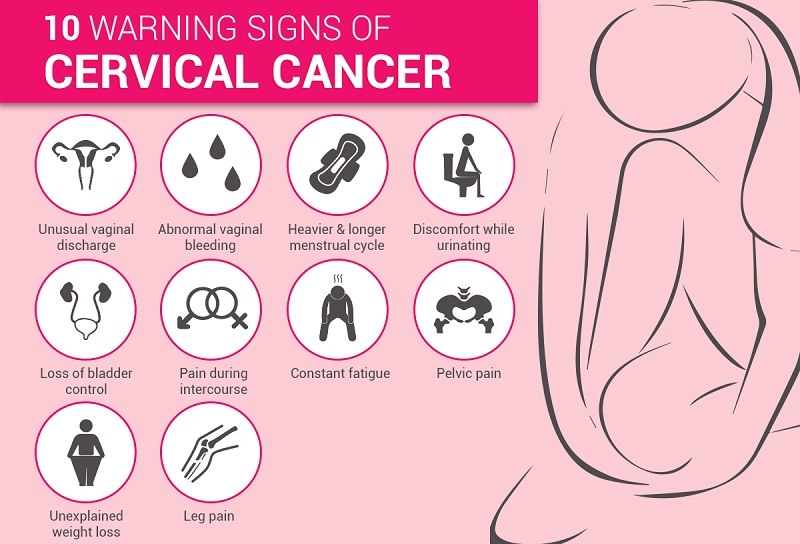Cervical Cancer and HPV: What You Need to Know
What is cervical cancer ?
Cervical cancer is a type of cancer that occurs in the cells of the cervix, the lower part of the uterus that connects to the vagina. It is one of the most common types of cancer affecting women worldwide, but with early detection and proper treatment, it is also one of the most preventable and curable forms of cancer.
Symptoms
In its early stages, cervical cancer may not cause any symptoms. However, as the cancer progresses, symptoms may include:
- Abnormal vaginal bleeding, such as bleeding between periods, after intercourse, or after menopause
- Pelvic pain or pain during intercourse
- Unusual vaginal discharge that may be bloody, watery, or foul-smelling
- Changes in urinary habits, such as increased frequency or urgency
Note: It's important to note that these symptoms can also be caused by conditions other than cancer. However, if you experience any of these symptoms, it's crucial to see a healthcare provider for evaluation and appropriate testing.
Risk Factors
Several factors can increase a woman's risk of developing cervical cancer, including:
- Human papillomavirus (HPV) infection: HPV is a common sexually transmitted infection that can lead to cervical cancer.
- Smoking: Smoking increases the risk of cancer and can make it more difficult to treat.
- Weak immune system: Women with weakened immune systems, such as those with HIV/AIDS or those who have undergone organ transplantation, are at higher risk.
- Early sexual activity: Having sex at an early age increases the risk of HPV infection .
- Multiple sexual partners: Having multiple sexual partners or having a partner who has had multiple sexual partners increases the risk of HPV infection.
- Lack of regular Pap tests: Regular screening with Pap tests (also known as Pap smears) can detect abnormal changes in the cervix before they develop into cancer.
Prevention
Prevention is key when it comes to cervical cancer. Here are some ways to reduce the risk:
- HPV vaccination: The HPV vaccine can protect against the types of HPV that most commonly cause cancer. It is recommended for both boys and girls starting at age 11 or 12.
- Regular Pap tests: Pap tests can detect abnormal changes in the cervix early, when they can be treated before they turn into cancer. Women should start getting Pap tests at age 21 and continue regularly as recommended by their healthcare provider.
- Practice safe sex: Using condoms during sex can reduce the risk of HPV infection.
- Don't smoke: If you smoke, quit smoking. Smoking increases the risk and makes it harder to treat.
Treatment
Treatment for cervical cancer depends on the stage of the cancer, the woman's age and overall health, and other factors. Treatment options may include surgery, radiation therapy, chemotherapy, or a combination of these treatments. In early stages, this cancer is highly treatable, with cure rates approaching 100%.
Global Impact
Cervical cancer remains a significant health issue worldwide. According to the World Health Organization (WHO), it is the fourth most common cancer in women globally, with approximately 660,000 new cases and around 350,000 deaths in 2022.
https://www.who.int/news-room/fact-sheets/detail/cervical-cancer
Conclusion
Cervical cancer is a serious but preventable disease. By understanding the risk factors, practicing prevention strategies, and seeking regular medical care, women can reduce their risk of developing cervical cancer and improve their chances of early detection and successful treatment.
It's important for women to talk to their healthcare providers about cervical cancer screening and vaccination recommendations based on their individual risk factors and medical history.
Remember, early detection saves lives. If you have any concerns or questions about cervical cancer, don't hesitate to reach out to a healthcare provider for guidance and support.

